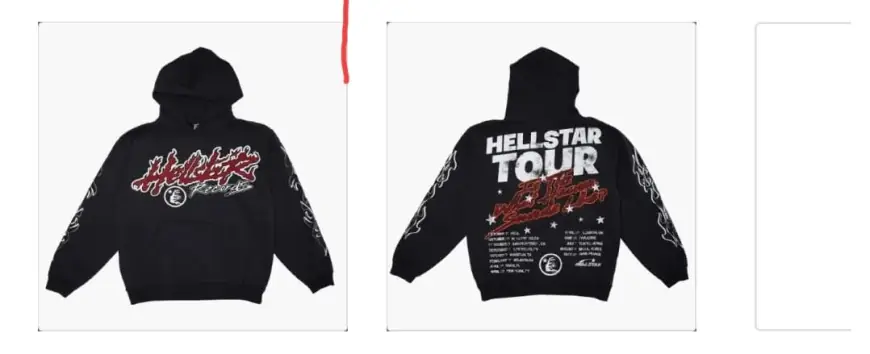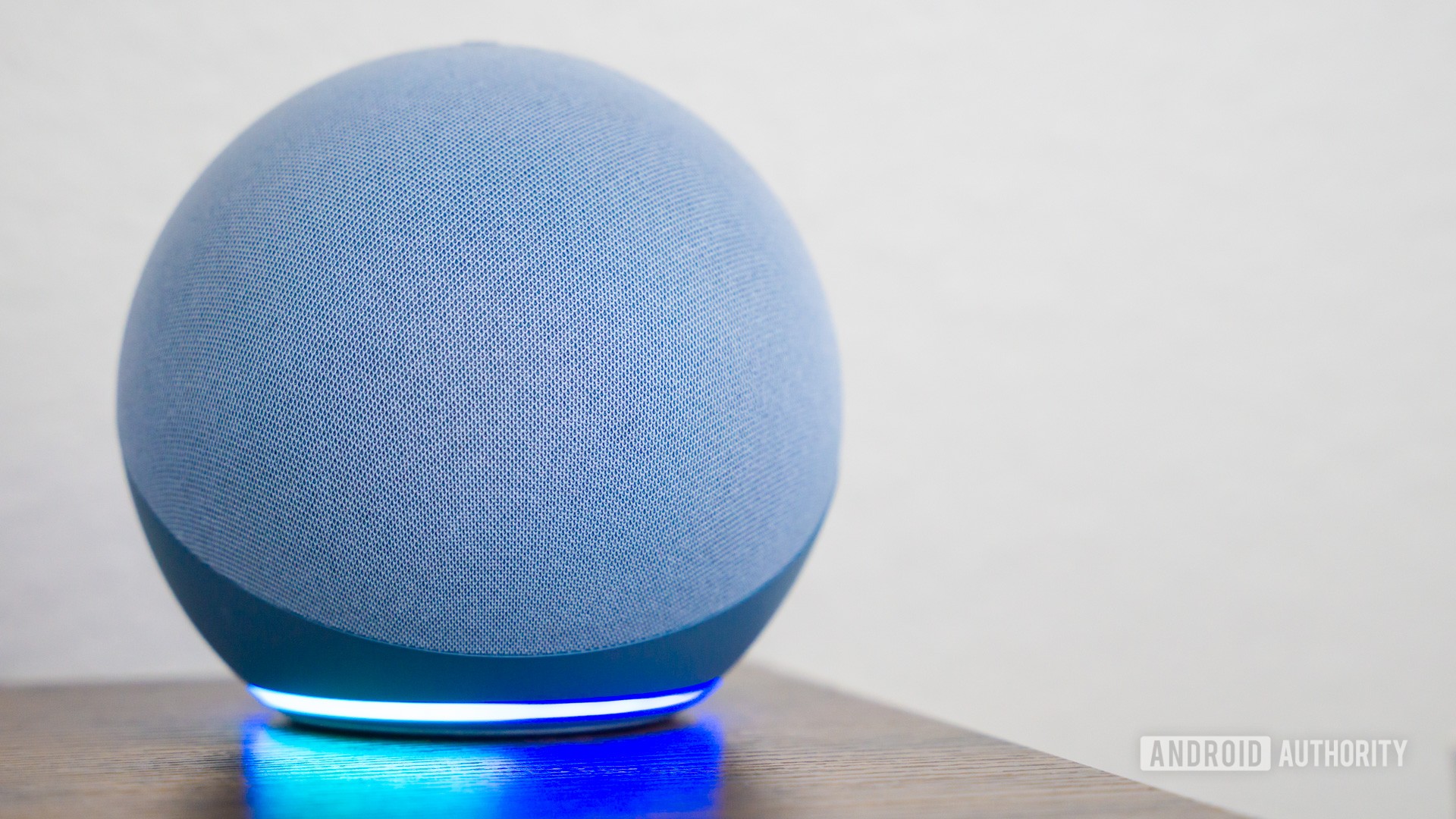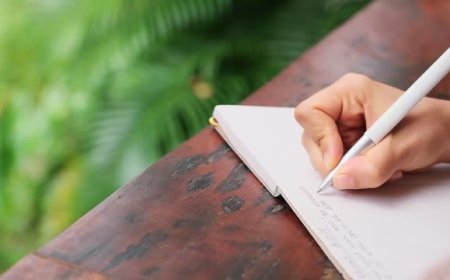The Roaring Twenties: Flapper Freedom Fashion
The Roaring Twenties: Flapper Freedom Fashion

The 1920s, also known as The Roaring Twenties, was a period of dramatic social change, and nothing symbolized this transformation better than the Flapper fashion movement. Women embraced newfound freedoms, rejecting Victorian modesty in favor of bold, daring styles that expressed their independence. The Flapper era wasn’t just about clothing; it was a cultural revolution that reshaped attitudes toward femininity, beauty, and self-expression.
The Origins of Flapper Fashion
The early 20th century saw women’s roles evolving due to World War I, which thrust many into the workforce. Visit now Hellstar hoodie When the war ended, women were reluctant to return to their previous domestic roles. This shift fueled a rebellion against traditional fashion norms, giving birth to the Flapper aesthetic.
The Influence of Jazz and Hollywood
With jazz music taking over dance halls and silent film actresses like Clara Bow and Louise Brooks captivating audiences, Flapper fashion became the epitome of modernity. The energy of urban nightlife and Hollywood glamour set the stage for a revolution in style, empowering women to dress as they pleased.
Key Elements of Flapper Fashion
1. The Iconic Flapper Dress
Unlike the restrictive corsets and long skirts of the Edwardian era, Flapper dresses were designed for movement and comfort. These dresses featured:
-
Dropped waistlines for a boyish silhouette
-
Fringes and beads that shimmered while dancing
-
Knee-length hemlines, which were scandalously short for the time
-
Loose, straight cuts that defied the hourglass figure
2. Bobbed Hair and Bold Makeup
Women of the 1920s embraced short, edgy haircuts, particularly the bob, which became a signature of the Flapper look. Alongside these daring hairstyles, makeup trends took a dramatic turn:
-
Dark kohl eyeliner for smoky eyes
-
Rouged cheeks for a youthful glow
-
Bold red lips that stood out against pale skin
3. Accessories: The Finishing Touches
No Flapper outfit was complete without eye-catching accessories, including:
-
Cloche hats, snugly fitting over short hair
-
Long pearl necklaces, often layered
-
Feathered headbands, adding a touch of glamour
-
T-strap heels, perfect for dancing the Charleston
-
Elaborate cigarette holders, symbolizing rebellious sophistication
The Cultural Impact of Flapper Fashion
Women’s Independence and Social Change
The Flapper lifestyle went beyond fashion—it was about freedom, Check it now Eric Emanuel Shorts independence, and defiance of societal expectations. Women smoked in public, drank in speakeasies, and even drove cars—activities once deemed inappropriate for ladies. They embraced a more active role in society, participating in politics and the workforce like never before.
The Influence on Modern Fashion
The Flapper era’s emphasis on comfort and individuality paved the way for future fashion movements. Many modern trends, such as shift dresses, bold makeup, and short haircuts, have roots in this revolutionary period. Even high fashion designers like Chanel and Prada have drawn inspiration from 1920s aesthetics.
The End of the Flapper Era
By the 1930s, the Great Depression led to more conservative fashion trends, signaling the decline of the Flapper movement. However, the impact of the Roaring Twenties remains undeniable. The era’s spirit of female empowerment and self-expression continues to inspire fashion designers and trendsetters worldwide.
Conclusion: A Legacy of Freedom and Style
Flapper fashion was more than just a fleeting trend—it was a symbol of women’s liberation and a statement of defiance against societal norms. Even today, the influence of 1920s style can be seen on red carpets, runways, and vintage-inspired collections. The Flapper revolutionized fashion, and in doing so, helped shape the modern woman.
What's Your Reaction?
 Like
0
Like
0
 Dislike
0
Dislike
0
 Love
0
Love
0
 Funny
0
Funny
0
 Angry
0
Angry
0
 Sad
0
Sad
0
 Wow
0
Wow
0

















































